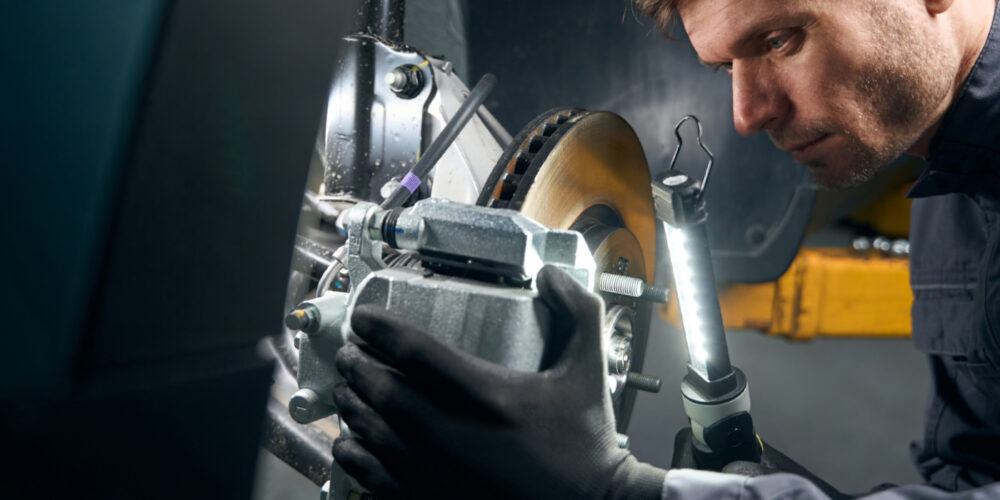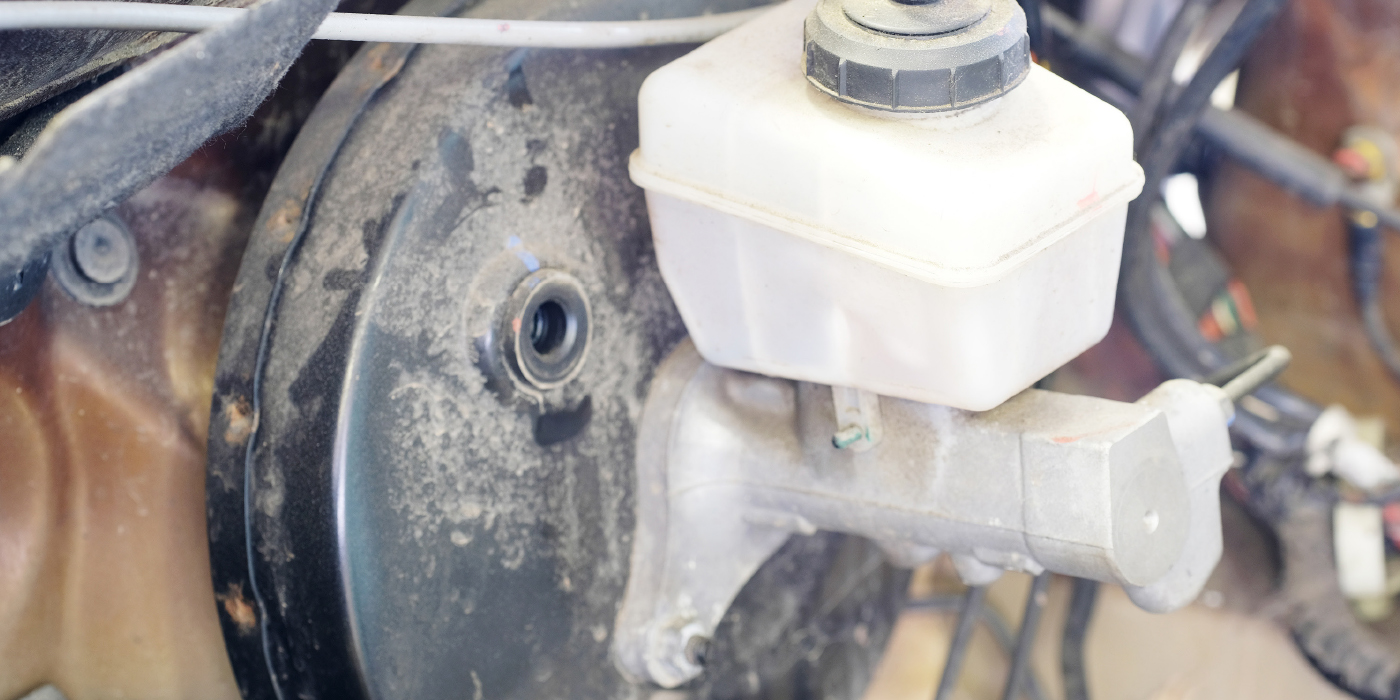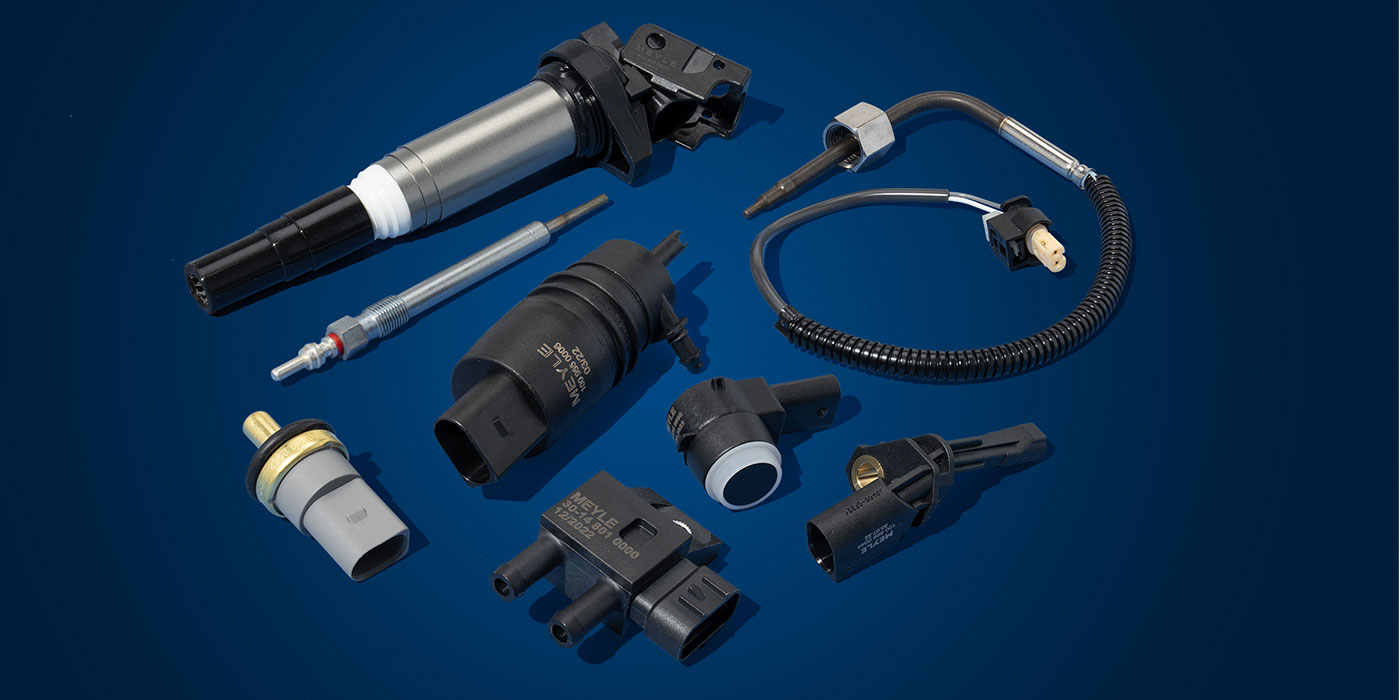What does winter mean to you? Maybe it’s watching football from the recesses of your favorite recliner, flanked by a warm fireplace with lots of munchies, or possibly it’s riding on two skinny sticks down an insanely steep snow-covered mountain peak.
Any way you look at it, to those of us residing in the Northern Hemisphere, winter means cold weather. And for the automotive repair industry, cold weather brings with it temperature-related problems. This tech tip addresses one such problem.
In cold weather, your customers may complain of squeaking or moaning noise emanating from their 1997 – 1998 Camry steering racks while turning at very low speeds (2-3 mph). The repair involves replacing the steering rack housing bushing with an updated part.
By the way, the Toyota part number for the new bushing is #45517-33021.
The replacement of the steering rack bushing is fairly simple and does not necessitate the removal of the steering rack. Here’s the procedure.
1. Remove the No. 2 rack housing bolt. See Figure 1 below.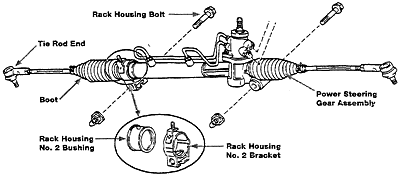
2. Place matchmarks on the tie rod and rack end so that the toe will not be changed, and remove the tie rod end. See Figure 2 below.
3. Remove the rack boot, using a screwdriver to loosen the clamp. Be careful not to damage the boot. See Figure 3 below.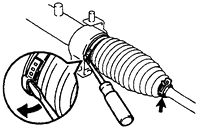
4. Remove and replace the bushing with the updated part. Be sure to align the projection on the bushing with the hole in the bracket. See Figure 4 below.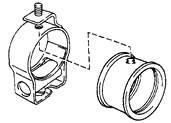
That’s all there is to it. To complete the job, recheck all the fasteners for tightness and make sure the tie rod end cotter keys are in place. The job should take about an hour plus a little check out time … charge accordingly. Now where did I leave that darn remote?
Written by ALLDATA Technical Editor, Rich Diegle. Rich is an Advanced Engine Performance Certified and ASE Master Technician with an Associate of Arts degree in automotive technology and 22 years of dealership and independent shop experience.
Courtesy of ALLDATA.
For additional information, visit www.alldata.com.





